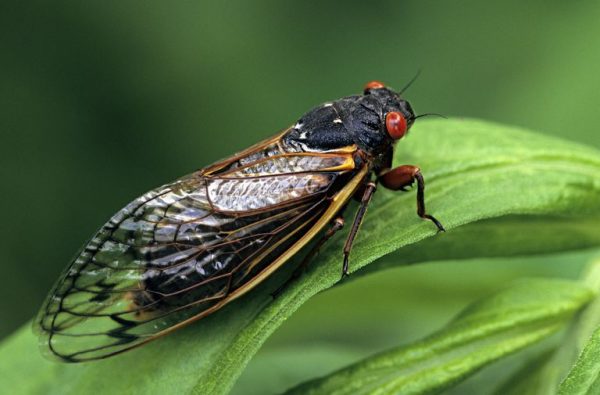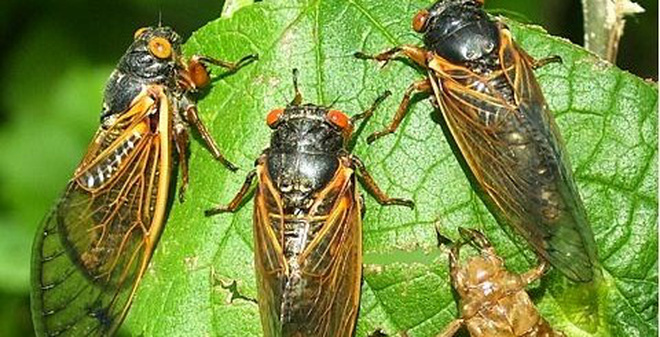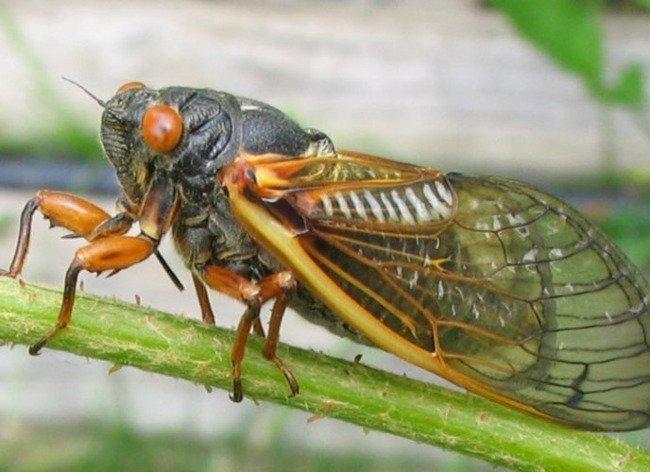When you think of the loudest creatures on our planet, you might picture elephants trumpeting, or even the roar of a lion. However, lurking in the trees and shrubs during the warmer months is a creature that might just take the crown for being the loudest insect: the cicada. Known for their distinctive and deafening calls, cicadas are fascinating creatures that not only contribute to the ecosystem but also have a rich cultural significance.
Introduction

Cicadas belong to the order Hemiptera and the family Cicadidae, which consists of over 3,000 species worldwide. They are often recognized by their stout bodies, broad heads, and large, membranous wings. Most cicadas are about 1 to 2 inches long, though some species can be larger. Their physical characteristics vary greatly depending on the species, but what truly sets them apart is their ability to produce sound.
The Sound of Cicadas
Cicadas are most famous for their loud calls, which can reach up to 120 decibels—comparable to a rock concert or a chainsaw. The sound is produced by a unique organ called a tymbal, located on the sides of their abdomen. When cicadas contract and relax the muscles surrounding this organ, it produces a rapid clicking sound. This clicking is amplified by the resonating body of the cicada, creating the loud, buzzing calls that we hear in the summer evenings.
Interestingly, not all cicadas make the same noise. Different species have distinct calls, which serve various purposes, including attracting mates, establishing territory, and communicating with others. Male cicadas are the primary producers of sound, using their calls to entice females. In contrast, female cicadas typically remain silent, listening for the calls of males.
Life Cycle and Behavior

Cicadas have a unique life cycle, which can vary significantly among species. There are two main types of cicadas: annual and periodical. Annual emerge every summer, while periodical have a more fascinating life cycle, emerging in synchronized intervals of 13 or 17 years. This phenomenon is thought to be a survival strategy; by emerging in large numbers, they overwhelm predators, ensuring that enough cicadas survive to reproduce.
After emerging from the ground, cicadas molt, shedding their exoskeletons, and transition into their adult form. They then spend the summer singing, mating, and laying eggs. Female cicadas lay their eggs in tree branches, and once the nymphs hatch, they fall to the ground, burrowing into the soil to begin their long underground life.
Ecological Importance
Cicadas play a crucial role in the ecosystem. As nymphs, they feed on the sap of tree roots, helping to aerate the soil and promote healthy tree growth. Additionally, when cicadas emerge in large numbers, their mass presence serves as a food source for various predators, including birds, mammals, and other insects. This provides a temporary but significant boost in the food chain, supporting a diverse array of wildlife.
After their short adult lifespan, which usually lasts only a few weeks, cicadas contribute to nutrient cycling as their bodies decompose. This process enriches the soil, promoting plant growth and sustaining the ecosystem.
Cultural Significance

Throughout history. In various parts of the world, they are symbols of summer, renewal, and the passage of time. In China, cicadas are seen as symbols of resurrection and immortality, often depicted in art and poetry. In Japan, the cicada’s call is associated with the beauty and transience of life, making it a common theme in traditional poetry.
In contemporary culture, cicadas have also made their way into music and literature, often representing themes of nostalgia and the fleeting nature of summer. Their loud calls have inspired composers and writers alike, serving as a reminder of the vibrancy of life and the cycles of nature.
Conclusion
With their remarkable ability to produce some of the loudest sounds in the animal kingdom, are more than just noisy insects. They are integral to their ecosystems, contribute to cultural narratives, and embody the rhythms of nature. Whether you find them charming or annoying, there’s no denying that cicadas add a unique layer to the tapestry of life on Earth. As summer rolls around and their calls fill the air, take a moment to appreciate these incredible creatures and the role they play in our world.
More posts you might be interested in:














